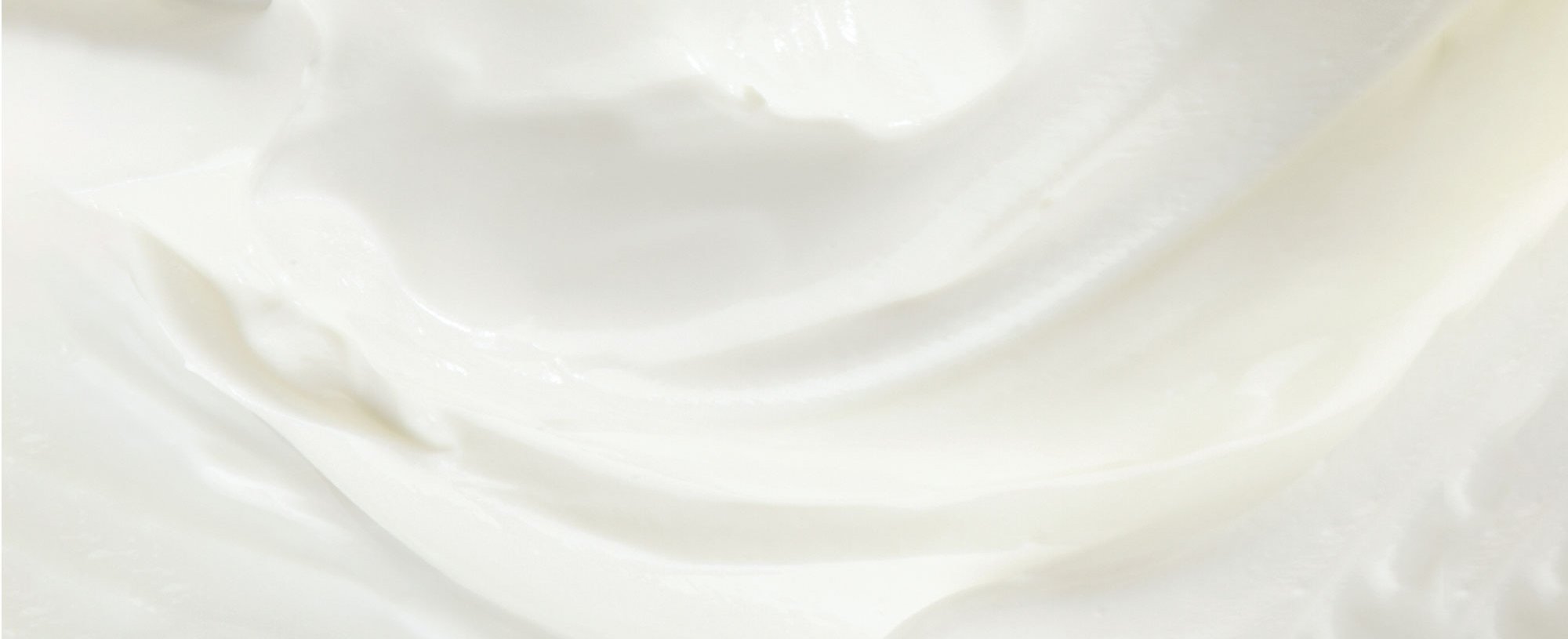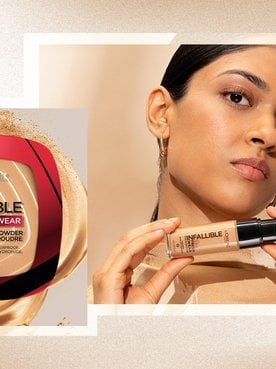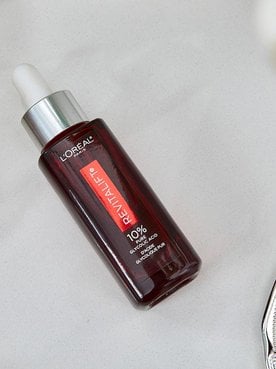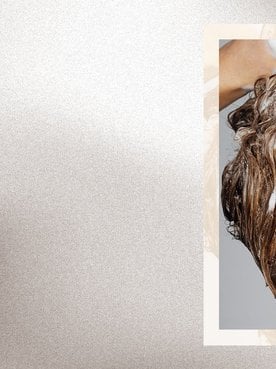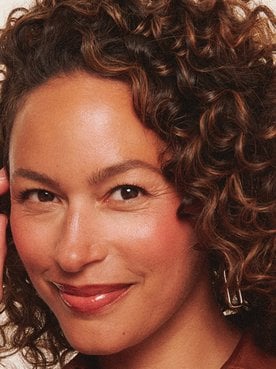Listen up, ladies and gents—this is one skin care concern that can affect anyone, no matter your age, skin type, or gender. We’re talking about ingrown hairs—those painful red bumps that pop up days after hair removal. Ingrown hairs can happen to anyone who removes hair, either via shaving, tweezing, or waxing. Wondering how you can get rid of ingrown hairs? Or, maybe you’re questioning what an ingrown hair looks like? We’re here to help answer these questions, plus share tips on how to help prevent ingrowns in the first place.
WHAT CAUSES INGROWN HAIRS?
In simple terms, ingrown hairs are exactly what they sound like: Hair that grows back into the skin. Instead of the hair growing outward from the follicle, poking through your skin, it grows from hair follicles under the skin. In some cases, when new hair grows after shaving, waxing, or tweezing—yes, your favorite hair removal methods can cause ingrown hairs—the edge curls back up and enters the skin, or it enters the skin before it even leaves the follicle. However it occurs, the bottom line is this: When the hair re-penetrates your skin, your body reacts as if it were foreign, and the hair follicle becomes inflamed. This is what leads to the itchy, red, and even painful bumps that are characteristic of ingrown hairs.
WHAT ARE THE SIGNS OF INGROWN HAIRS?
Ingrown hair can be so uncomfortable, you may think that you’re dealing with a serious health concern. Some of the signs to look for if you think you may have an ingrown hair include skin irritation, small painful, itchy bumps (that can be solid or pus-filled), and even hyperpigmentation (aka dark spots), according to the Cleveland Clinic. Ingrown hairs most commonly occur on the beard area, chin, cheeks, and neck in men who shave their faces. Other common areas for ingrown hairs include the armpits, pubic area, and legs.
HOW TO PREVENT INGROWN HAIRS
Chronic ingrown hairs can lead to bacterial infections, razor burn and even permanent scarring, so not getting ingrown hairs in the first place is the best way to prevent these further concerns. As with many things in life, the best offense is a good defense. The American Academy of Dermatology shares the following shaving tips:
1. Before you even begin shaving, wet your skin with warm water to help soften it.
2. Apply a hydrating shaving cream or gel, taking time to adequately rub it onto the patch of skin that you’re about to shave.
3. Use a quality razor and gently shave in the direction that the hair grows, also referred to as with the grain (against the grain is in the opposite direction)—this is one of the most important steps to avoid ingrown hairs.
Another pro tip for shaving is to always exfoliate prior to picking up your razor. According to the Cleveland Clinic, exfoliating before shaving will help prevent the razor from becoming clogged with dead skin cells, which not only reduces its effectiveness, but can also cause ingrown hairs. If you’re shaving your face exfoliate with the L’Oréal Paris Pure-Sugar Resurface & Energize Kona Coffee Scrub first.
If you notice you are developing ingrown hairs regularly, rinse the razor after each swipe and also make sure to switch out your blade at least every five to seven shaves. Using a blunt razor to remove hair can increase your likelihood of getting ingrown hair. Also check out our article, How to Shave Your Legs Like a Pro for more tips.
HOW TO TREAT INGROWN HAIRS
If you already have ingrown hair, the Cleveland Clinic recommends taking the following steps to help with the situation.
1. Stop shaving, waxing, or tweezing the area and allow the hair to grow. As tempting as it may be, don’t pick or scratch at the ingrown hair since this can cause scarring or infection. This means no at-home ingrown hair removal attempts. Instead, apply a warm compress to the affected area whenever it feels inflamed.
2. Wait until the area improves on its own. According to the Mayo Clinic that will usually be within one to six months.
3. If this is a chronic occurrence for you, consider visiting a dermatologist, who may prescribe a topical medication that can help alleviate and prevent ingrown hairs. Common prescription topicals include steroid and retinoid creams.
4. Consider laser hair removal, which removes hair at a deeper level and inhibits regrowth, as per the Mayo Clinic.
